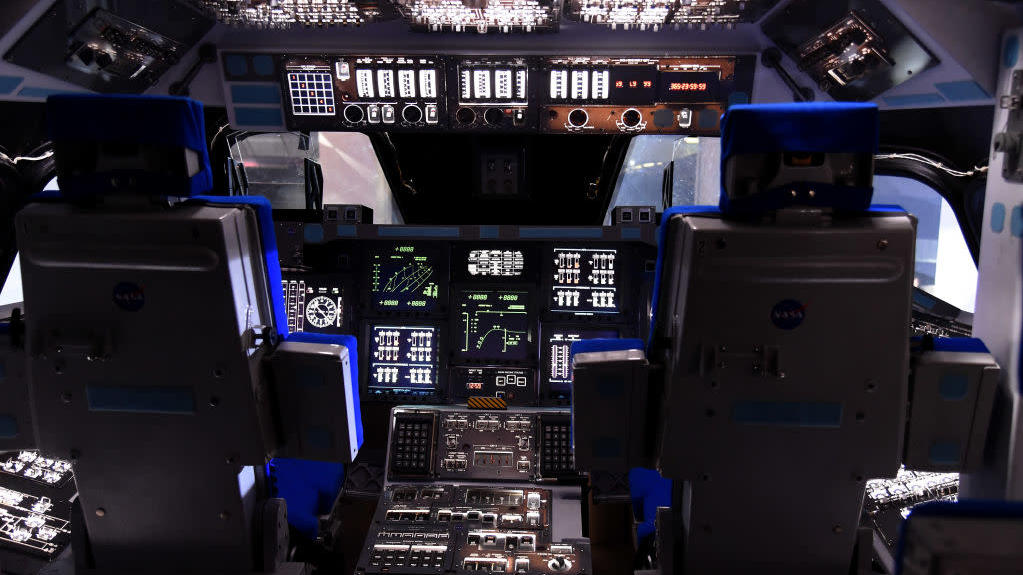What Astronauts Really Eat (It's Not Freeze-Dried Ice Cream)
One of my bucket list items is to try astronaut food. Not that freeze-dried astronaut ice cream stuff (which I still absolutely love), but actual food that is designed for astronauts to eat in space. I am specifically hoping to get my hands on some shrimp cocktail, but beggars can't be choosers, as they say. I'll take anything.
But how is astronaut food designed? In space, astronauts deal with hugely different environmental, physical, and mental situations that we don't have to worry about on Earth. Astronomy shares how food is chosen and what aspects of it are key to becoming space food.
"We have crews that need to perform and be healthy at these extremely high levels for extremely high-stress situations," said Grace Douglas, lead scientist for NASA's Advanced Food Technology research group at the Johnson Space Center. "Food impacts every aspect of physiology, and food can either make you very healthy or can make you very sick." So it sounds like they take an astronauts' diet very, very, seriously. Probably no Lunchables in orbit.
Proper nutrition is key to making sure that astronaut bodies stay healthy and to prevent bone and muscle loss during deployment. In order not to lose body mass, astronauts must eat between 2,700 to 3,700 calories per day. If the food plan doesn't quite cover all bases, the astronauts take dietary supplements to bolster necessities like B12, omega 3 fatty acids, and iron. In short, if the food is healthy for you down here, it's still healthy for you up there.
After decades of refining their knowledge about nutrition and food technology, NASA dieticians have started moving away from supplements and nutrient planning and more toward a diet where the astronauts get those nutrients straight from fruits and veggies. Dietary supplements can't provide phytochemicals, which are biologically active compounds you get from fresh produce. But then there's the issue of cargo room. All those fruits and veggies take up space.
The solution? Freeze drying and retort thermal sterilization, a process used in the canning industry to sterilize food after it's been packaged by heating it. Not only does it reduce the bulk, it also keeps the food shelf stable for extended periods of time. The packaging resembles that of those little packets of tuna you can get by the canned fish section in the grocery store. Some of this food needs to last up to five years for long-haul missions in orbit.
Then, of course, there's the matter of taste. The food's got to taste decent, at the very least. Astronauts can't eat weirdly monotonous food, day in, day out. Textures are very important: no one wants to eat paste all day. One new freeze dried item that's been a big hit is a freeze-dried mango salad that includes a crunchy nut.
Sending produce in resupply flights is good and all, but the end goal is to try and create a self-sustaining source of food. So NASA has been experimenting with growing leafy vegetables in space, which seems like the natural progression. There's been success with greens and even flowers, so adding fresh things as a supplement to their already nutrient dense diet could not only be healthy for our favorite space travelers, but delicious too. And it's a bright strategy to combat homesickness through fresh food that you can get way down below.
